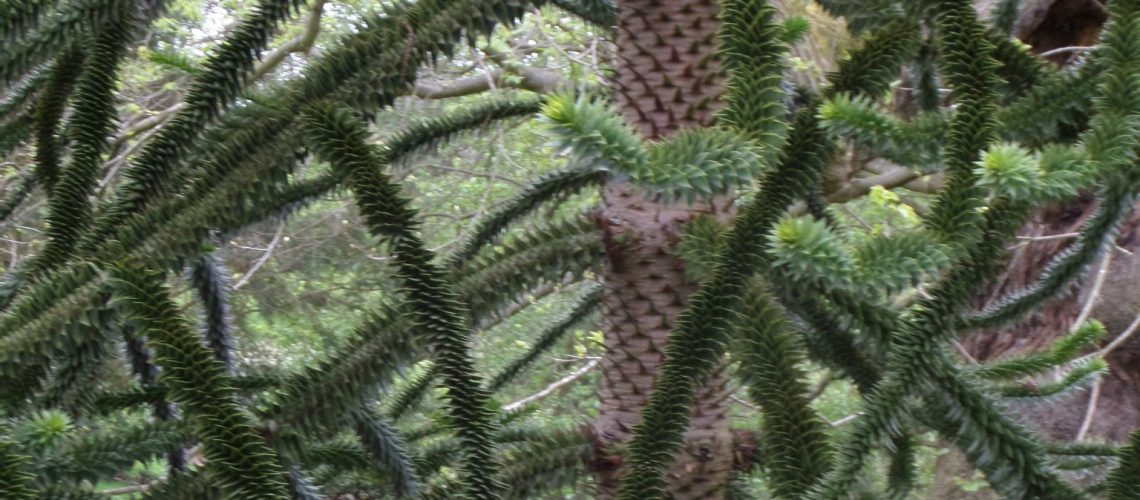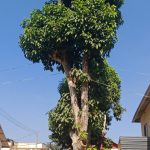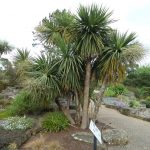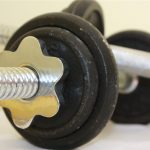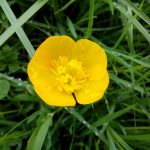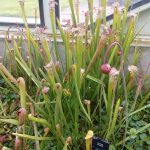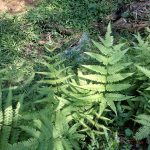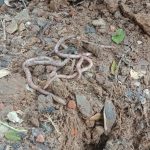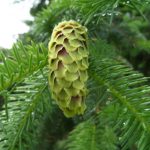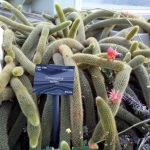TYPES OF FOSSILS
Based on the mode of preservation and type of organ preserved in some cases, fossils are of many types. These as characterized based on mineral composition and age of rocks in which they occur.
Petrifactions
- These show molecule –by molecule replacement of organic matter by mineral matter
- Both internal and external features of the plant body are preserved
- Such fossils can be formed only if the disintegration of the original tissue had been slow or arrested
- The structure preserved looks similar to the original
- The fossil shows 3-dimensional form
- The minerals used in forming the fossil include carbonates, sulphates and phosphates of Calcium, Magnesium, Iron, Zinc and so on
- Such fossils are rarely found but are very ideal for study
Compressions
- These are formed by burial of plant parts in sediments
- The plant parts are compressed or flatted due to pressure
- Most common compression forming materials are sandstone, volcanic ash and diatomaceous earth or Kiesulguhr
- Compressions are ideal for thin and flat organs like leaves as there is not much distortion due to compression
- These fossils form a carboniferous layer between sediments
- Structural details of the preserved cells are not found
- Morphology can be studied using compressions
- Most common types of fossils
Incrustations
- These are a very common type of fossil group
- Incrustation of sediment on to the surface of a plant part may lead to the formation of a cast
- Casts can be used to study the external morphology of the palnt part but the internal details are not preserved
- If a plant organ is hollow like the pith in stems then incrustation will lead to formation of a mold
- Such molds can be used to study the internal structure
- These are also formed by mineral deposits which are in the form of carbonates and sulphates of Magnesium, Calcium and so on.
- These fossils do not show the presence of the original organic material
- Cannot be used to study the cellular details
Impressions
- These comprise only an impression of a plant part such as a leaf, sporophyll, pollen grain or seed in sediments of soft rocks
- There is no trace of any organic material in such fossils
- Commonly found in clay deposits
- These fossils reveal more detail of the external structure of the part preserved
- Over time the organic material disintegrates and the impression is preserved in the clay
- Later when clay becomes rock the impression becomes permanent
- Impression fossils are common in the Western Tennessee region
- These fossils may appear of a darker colour when they contain organic remains
- Useful to study features such as cuticle, venation of leaves, flower and outer surface of seeds
Compactations or Mummified plants
- These fossils are formed by vertical compression of plants or plant parts.
- Contain organic remains of the organs well preserved like leathery leaves, hard cones and seeds
- There is no matrix found in between these fossils and hence details are well preserved
- These fossils may be infiltrated with certain chemicals for support
- Then these fossils can be sectioned and observed under a microscope
- Very useful as the organic remains may aid in study of the Biology
Coal Balls
- Petrified fossils that appear spherical are called coal balls
- They are called so because they have been dug up from coal fields and contain coal
- Coal balls show infiltrated minerals such as Calcium carbonate, Magnesium carbonate, iron sulphide and so on
- These minerals have petrified the plant parts and prevented them from turning into coal
- Traces of organic matter may be preserved in certain cases
- The size of the coal balls is highly variable
- Coal balls date back to Upper Carboniferous period about 325 to 280 mya (million years ago) and provide information about the Coal Age
Amber
- Amber is a resinous secretion from the trunks of fossil conifers that hardens on exposure to air
- Plant material and sometimes small insects trapped in such a resinous substance get preserved and hence is called a fossil
- Amber may be slowly heated to melt the resin and recover the trapped material which may contain the actual remains
- Hence Amber is considered an important fossil type under the current circumstances as it is possible to revive the organism using the organic remains
Leaf coal or paper coal
- These are leaf fossils preserved as layers of cuticle only
- Mostly occur in coal seams
- The internal leaf tissue is disintegrated early and hence could not be petrified
Actual Remains
- These are preserved plant parts that are of recent origin
- Decay has been prevented due to low temperature and absence of air
- In such cases the wall ornamentations of pollen, spore wall and cuticle which are resistant to degradation are preserved
Pseudofossils
- Rocks may sometimes assume the form of a plant or an animal giving the illusion of a fossil
- The absence of cellular details and the analysis of the mineral deposits reveals that these are not really fossils but only rocks
- Example Certain rocks that appear like tree trunks showing bark like external surface
